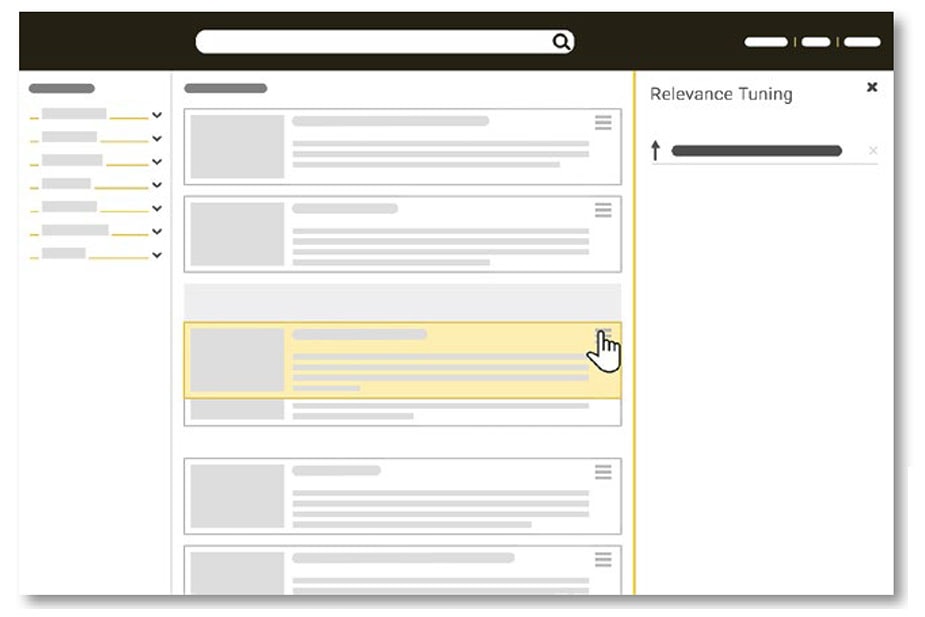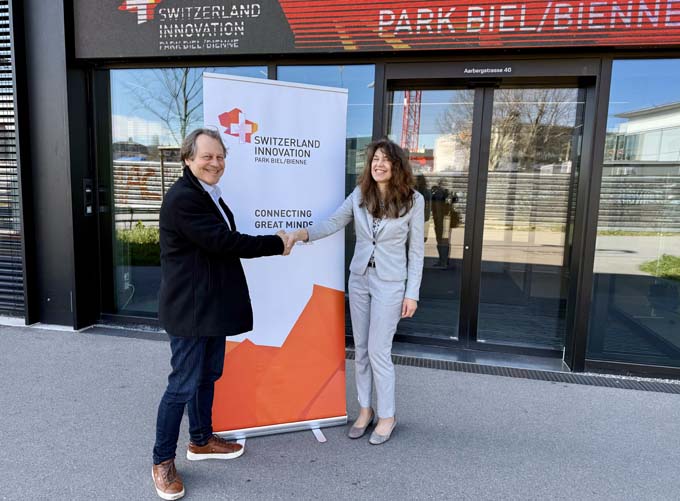With AI to the High-Performance Workplace
Times like these clearly show how important flexibility, agility and adaptability are in order to remain competitive as a company in the long term. It is no longer just a matter of adapting processes and workflows, but above all of making existing corporate data available to all employees in the best possible way, regardless of location.

Image: Mindbreeze
The pandemic has made mobile working the standard virtually overnight. Working from anywhere is now almost effortless thanks to collaboration tools like Microsoft Teams, Zoom or WebEx. Teams can collaborate, call, chat, share data and share screens regardless of location. Despite the multitude of tools for organization and coordination, collaboration "from afar" also has its pitfalls. Ad hoc issues and last-minute coordination in particular are more difficult because employees or experts are not immediately "physically" available.
In this context, it is important for companies not only to adapt business processes and workflows, but also to view their corporate data as a valuable "asset" and to make this usable for employees. To this end, companies are increasingly turning to intelligent knowledge management solutions - so-called insight engines. Using enterprise search and artificial intelligence methods, these bring together company data from different data sources, analyze it, and make it available in a personalized form for the respective purpose.
Intelligent information center: Insight Engine
Data is business-critical and thus a prerequisite for productive work. Comprehensive access to information for answering questions correctly or to the latest facts about customers, products, prices, approvals, etc. must therefore always be guaranteed, regardless of whether employees are working in the company, at home or on the road.
Data is a prerequisite for productive work.
However, applications scattered throughout the company, which are necessary due to specific specialist needs, make it difficult for users to access relevant information. This is because in most cases there is no central system that makes the available knowledge available in a bundled form. Users are therefore forced to search all data sources in isolation. The consequence is a considerable additional effort in terms of time and know-how - productive work looks different. This is where Insight Engines come in, because they take on the role of intelligent information centers. To this end, all relevant data sources are connected to the solution by means of connectors and the information they contain is automatically compiled in an index. If an information query is made, the Insight Engine accesses this index and searches it for the appropriate results. In doing so, it includes all data - regardless of whether it is structured (e.g. entries in specialist applications) or unstructured (e.g. text, audio, video). For example, if a user searches for a name in a collaboration tool, the AI solution searches the knowledge database (index) for relevant information. From contact information and emails to corresponding appointments, documents and reports created by the person, or the current status of a project. As well as minutes or recordings of meetings with the corresponding person in the form of text-to-speech files or videos - the Insight Engine extracts the required information and makes it available to the user.
Recognize the intention of the user
In order for these intelligent knowledge management systems to provide users with the right information, they must of course understand it correctly. To discover and understand patterns, as well as to analyze and interpret them, artificial intelligence (AI) methods such as deep learning, machine learning, natural language processing (NLP), and natural language understanding (NLU), among others, work in the background. NLP and NLU enable the Insight Engine to correctly understand both structured metadata and unstructured text content. This means that users can simply type their search query - usually concrete questions rather than keywords - into the search mask. NLP analyzes and understands the query posed in natural language, while NLU ensures that the user's concrete request (behavior intent) is identified.
Holistic Views: Relevant information at a glance
If the query is understood correctly, AI extracts the hits that match the query and presents them to the user. Instead of endless lists of results, insight engines tailor the results and their presentation to the specific needs of the user. To do this, they use accumulated knowledge from the past. They analyze their behavior, identify their needs, and adjust the relevance of the information accordingly. For example, the system classifies frequently accessed or processed documents and facts as more important. In this way, the solution calculates a model that automatically prioritizes and proactively provides relevant information based on past search queries, interactions with hits, and so on.

Image: Mindbreeze
Depending on the role, position in the company, department, context, and individual authorizations, the Insight Engine extracts the queried information, expands it with context-specific content, and makes it available to users in personalized dashboards (holistic views). These 360-degree views ensure that employees always have an overview of contacts, projects, processes and business cases. The resulting linking of all company data from the various sources makes the available knowledge usable and creates the ideal basis for business-critical decisions, optimizations or the basis for the transformation of processes. Only when this simple and comprehensive access to information is guaranteed can users achieve peak performance - but then completely independently of whether they are in the company or in the home office.
Author
Gerald Martinez is VP Applied Intelligence at Mindbreeze. Mindbreeze is a leading provider of appliances and cloud services for information insight.
> www.mindbreeze.com









